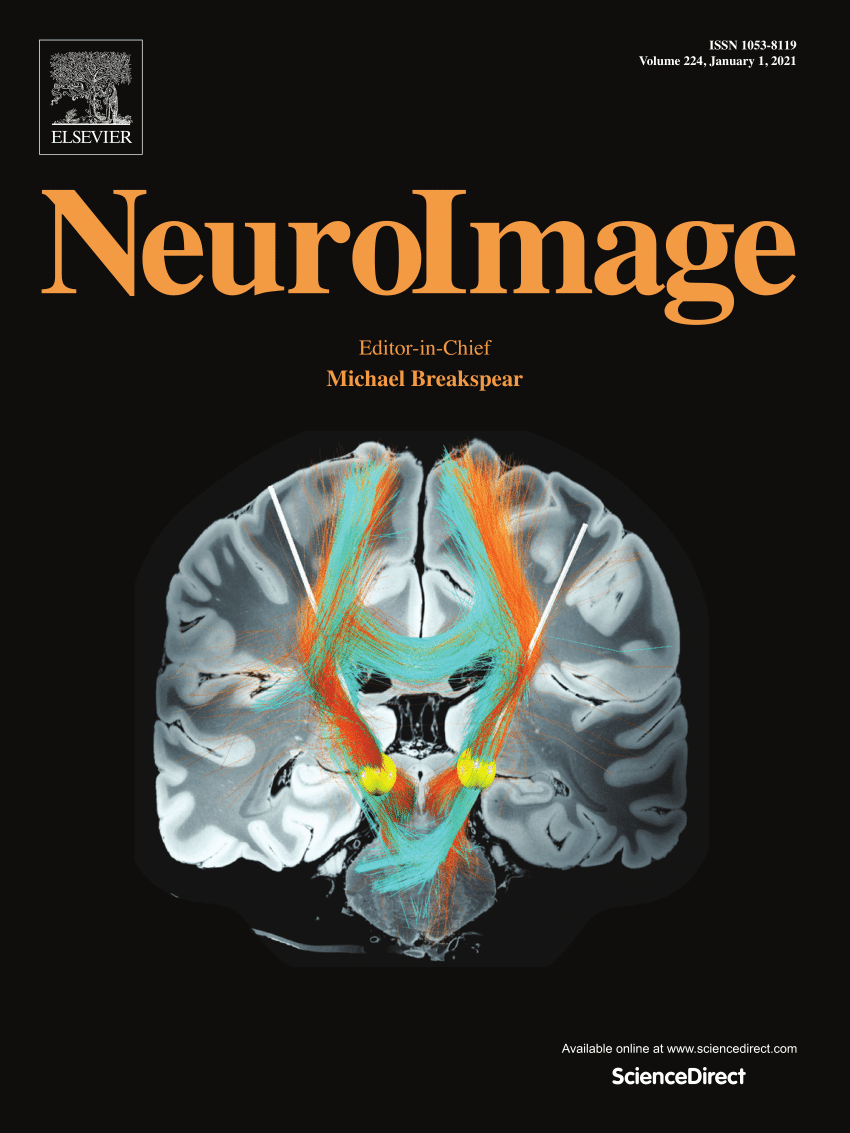Investigating the neurovascular coupling across multiple motor execution and imagery conditions: a whole-brain EEG-informed fMRI analysis
IF 4.7
2区 医学
Q1 NEUROIMAGING
引用次数: 0
Abstract
The complementary strengths of electroencephalography (EEG) and functional magnetic resonance imaging (fMRI) have driven extensive research into integrating these two noninvasive modalities to better understand the neural mechanisms underlying cognitive, sensory, and motor functions. However, the precise neural patterns associated with motor functions, especially imagined movements, remain unclear. Specifically, the correlations between electrophysiological responses and hemodynamic activations during executed and imagined movements have not been fully elucidated at a whole-brain level. In this study, we employed a unified EEG-informed fMRI approach on concurrent EEG-fMRI data to map hemodynamic changes associated with dynamic EEG temporal features during motor-related brain activities. We localized and differentiated the hemodynamic activations corresponding to continuous EEG temporal dynamics across multiple motor execution and imagery tasks. Validation against conventional block fMRI analysis demonstrated high precision in identifying regions specific to motor activities, underscoring the accuracy of the EEG-driven model. Beyond the expected sensorimotor activations, the integrated analysis revealed supplementary coactivated regions showing significant negative covariation between blood oxygenation level-dependent (BOLD) activities and sensorimotor EEG alpha power, including the cerebellum, frontal, and temporal regions. These findings confirmed both the colocalization of EEG and fMRI activities in sensorimotor regions and a negative covariation between EEG alpha band power and BOLD changes. Moreover, the results provide novel insights into neurovascular coupling during motor execution and imagery on a brain-wide scale, advancing our understanding of the neural dynamics underlying motor functions.
研究多种运动执行和图像条件下的神经血管耦合:全脑脑电图信息fMRI分析。
脑电图(EEG)和功能性磁共振成像(fMRI)的互补优势推动了广泛的研究,将这两种非侵入性模式整合在一起,以更好地了解认知、感觉和运动功能的神经机制。然而,与运动功能相关的精确神经模式,尤其是想象中的运动,仍然不清楚。具体来说,在执行和想象运动期间,电生理反应和血流动力学激活之间的相关性尚未在全脑水平上得到充分阐明。在这项研究中,我们采用统一的EEG-fMRI方法对并发的EEG-fMRI数据进行处理,以绘制运动相关脑活动期间与动态EEG时间特征相关的血流动力学变化。我们在多个运动执行和图像任务中定位和区分了与连续脑电图时间动态相对应的血流动力学激活。与传统块体功能磁共振成像分析的验证表明,在识别运动活动特定区域方面具有很高的精度,强调了脑电图驱动模型的准确性。除了预期的感觉运动激活之外,综合分析显示补充共激活区域在血氧水平依赖(BOLD)活动和感觉运动EEG α功率之间显示出显著的负共变,包括小脑、额叶和颞叶区域。这些发现证实了脑电和fMRI活动在感觉运动区域的共定位,以及脑电α带功率与BOLD变化之间的负共变。此外,这些结果为运动执行和全脑成像过程中的神经血管耦合提供了新的见解,促进了我们对运动功能背后的神经动力学的理解。
本文章由计算机程序翻译,如有差异,请以英文原文为准。
求助全文
约1分钟内获得全文
求助全文
来源期刊

NeuroImage
医学-核医学
CiteScore
11.30
自引率
10.50%
发文量
809
审稿时长
63 days
期刊介绍:
NeuroImage, a Journal of Brain Function provides a vehicle for communicating important advances in acquiring, analyzing, and modelling neuroimaging data and in applying these techniques to the study of structure-function and brain-behavior relationships. Though the emphasis is on the macroscopic level of human brain organization, meso-and microscopic neuroimaging across all species will be considered if informative for understanding the aforementioned relationships.
 求助内容:
求助内容: 应助结果提醒方式:
应助结果提醒方式:


